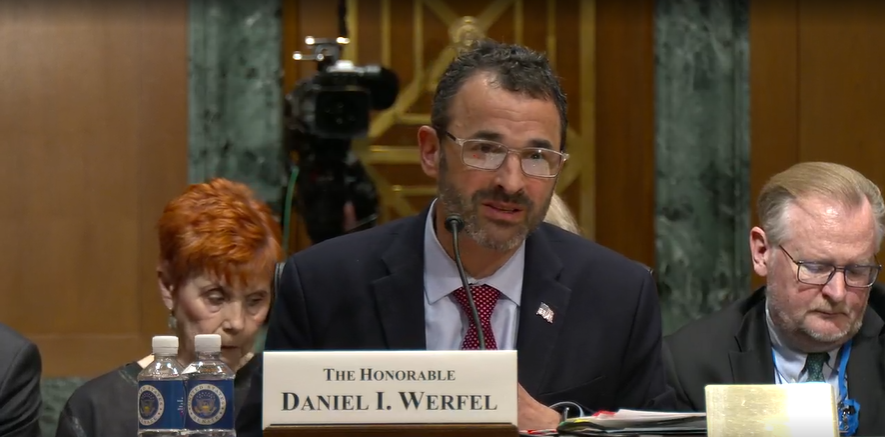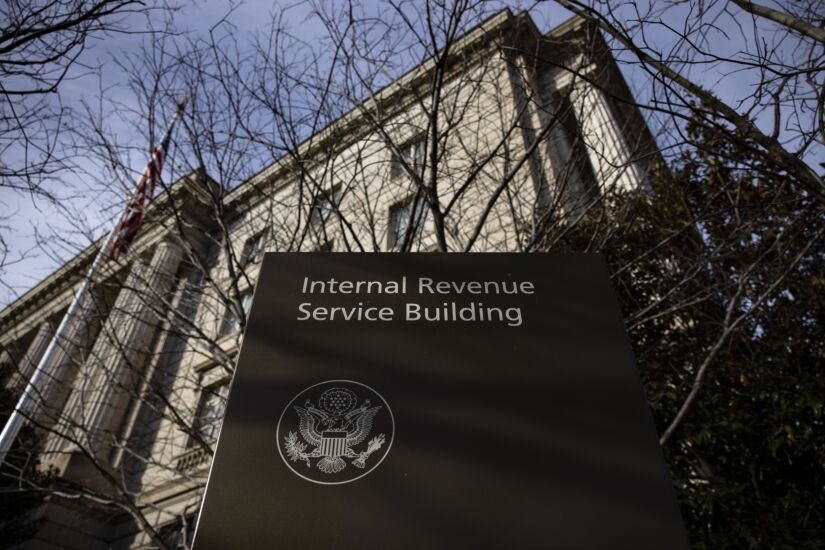Another month brings another host of changes out of the Internal Revenue Service, ranging from
Since the
"Two years into the historic work made possible by the Inflation Reduction Act, the IRS has made significant progress in the 10-year journey to improve taxpayer service, upgrade technology and ensure more fairness in compliance efforts," said IRS Commissioner Danny Werfel in a
Part of that funding was used to fuel a February 2023 IRS campaign targeting
Read more:
Similar improvements, while not tied directly to IRA funding, include the
"We've done a lot of work around systems and processes to improve identification of high-value claims," John Hinman, director of the IRS Whistleblower Office, said in an interview with Bloomberg. "We're continuing to collaborate with whistleblower practitioners."
But critics of the IRS say the regulator still has work to do.
In two separate reports filed by the
Tom O'Saben, director of tax content and government relations at the National Association of Tax Professionals, said preparers should already be thinking about filing concerns such as changes in tax laws, retirement contributions and more as we approach the end of the year."After election day in November, we must be diligent and on the lookout for potential tax legislation that emerges in the post-election, late-year sessions," O'Saben said.
Of the IRS's recent changes, a supplemental process for addressing incorrect Employee Retention Credit claims and proposed guidance on the Corporate Alternative Minimum Tax are two that stand out among the rest, O'Saben noted.
As the Oct. 15 filing deadline fast approaches, preparers are hard at work to ensure clients know what documents and other information they need, said Neil Fishman, former president of the National Conference of CPA Practitioners and owner of Fishman Associates CPAs.
Read on for insight into some of the agency's new rules, both enacted and proposed, to learn more about the shifts coming to the tax landscape.










